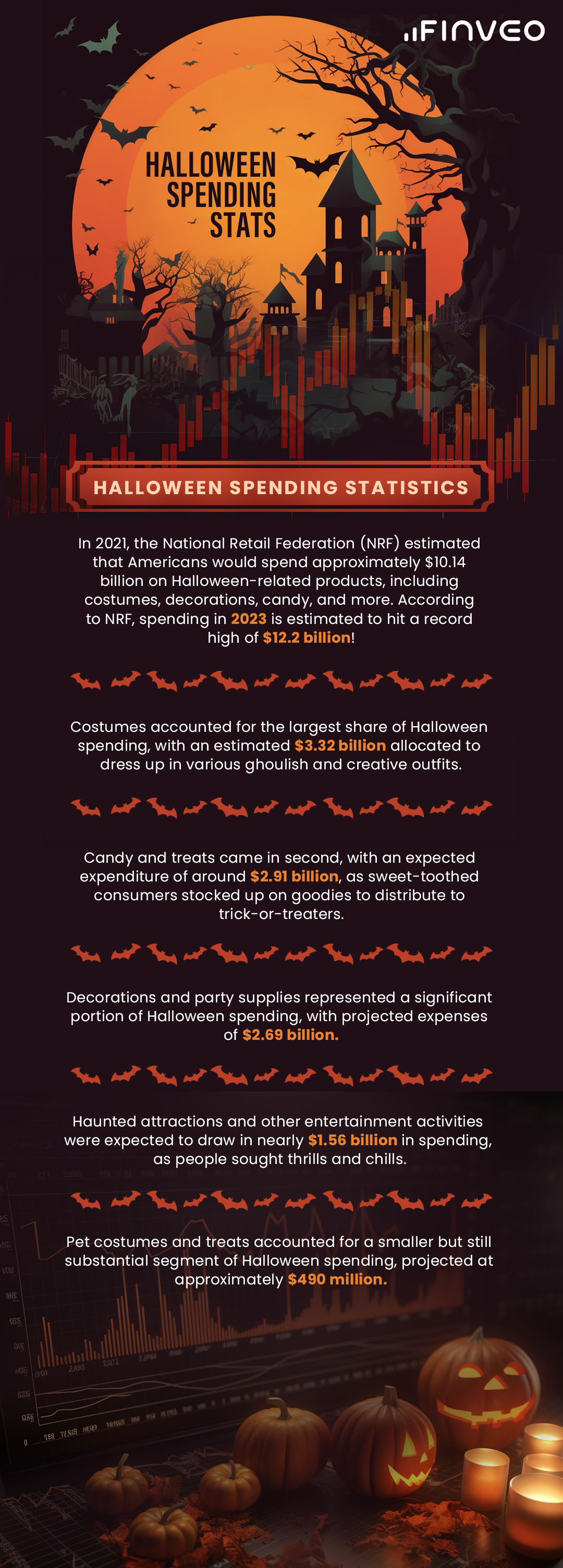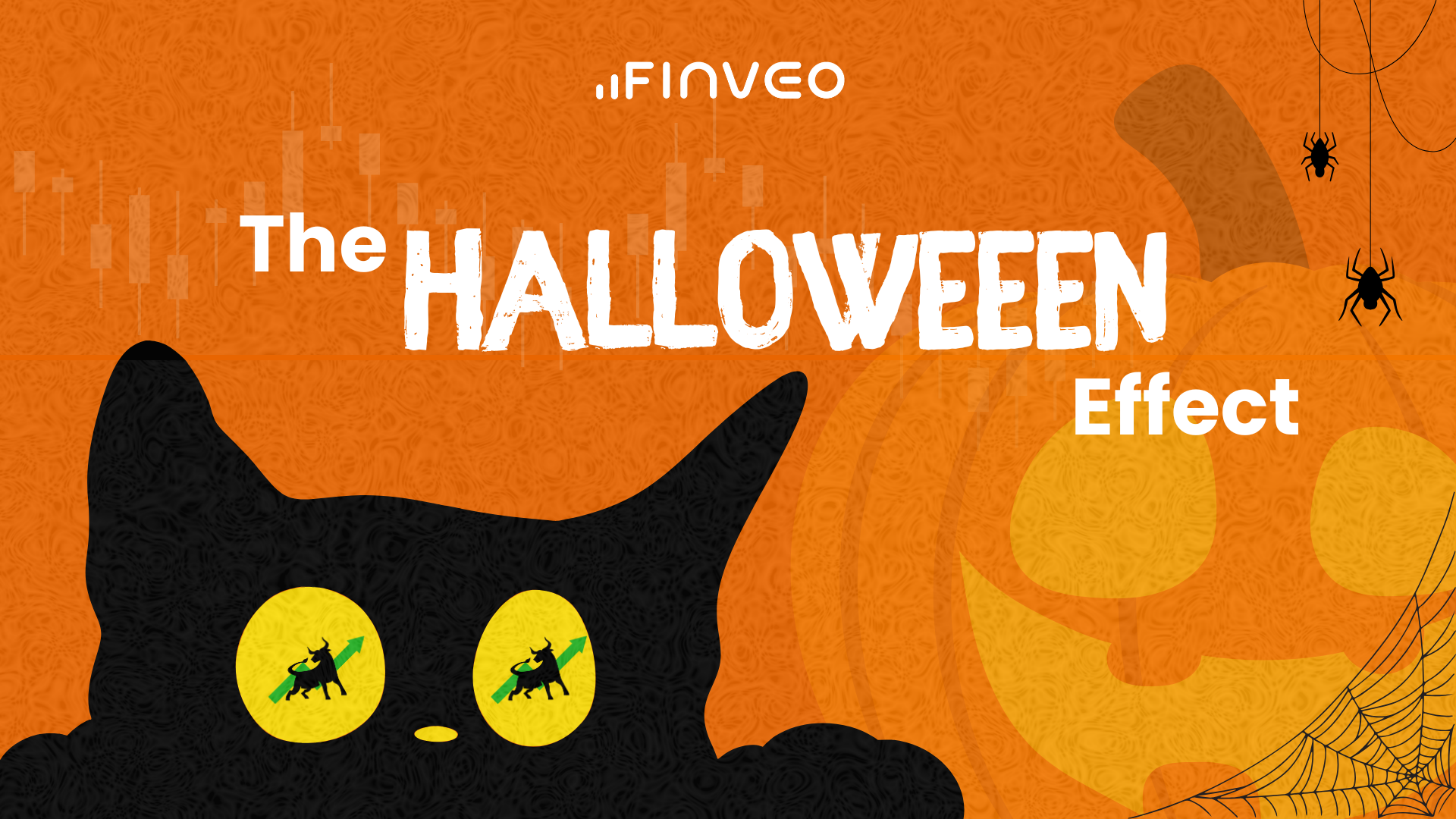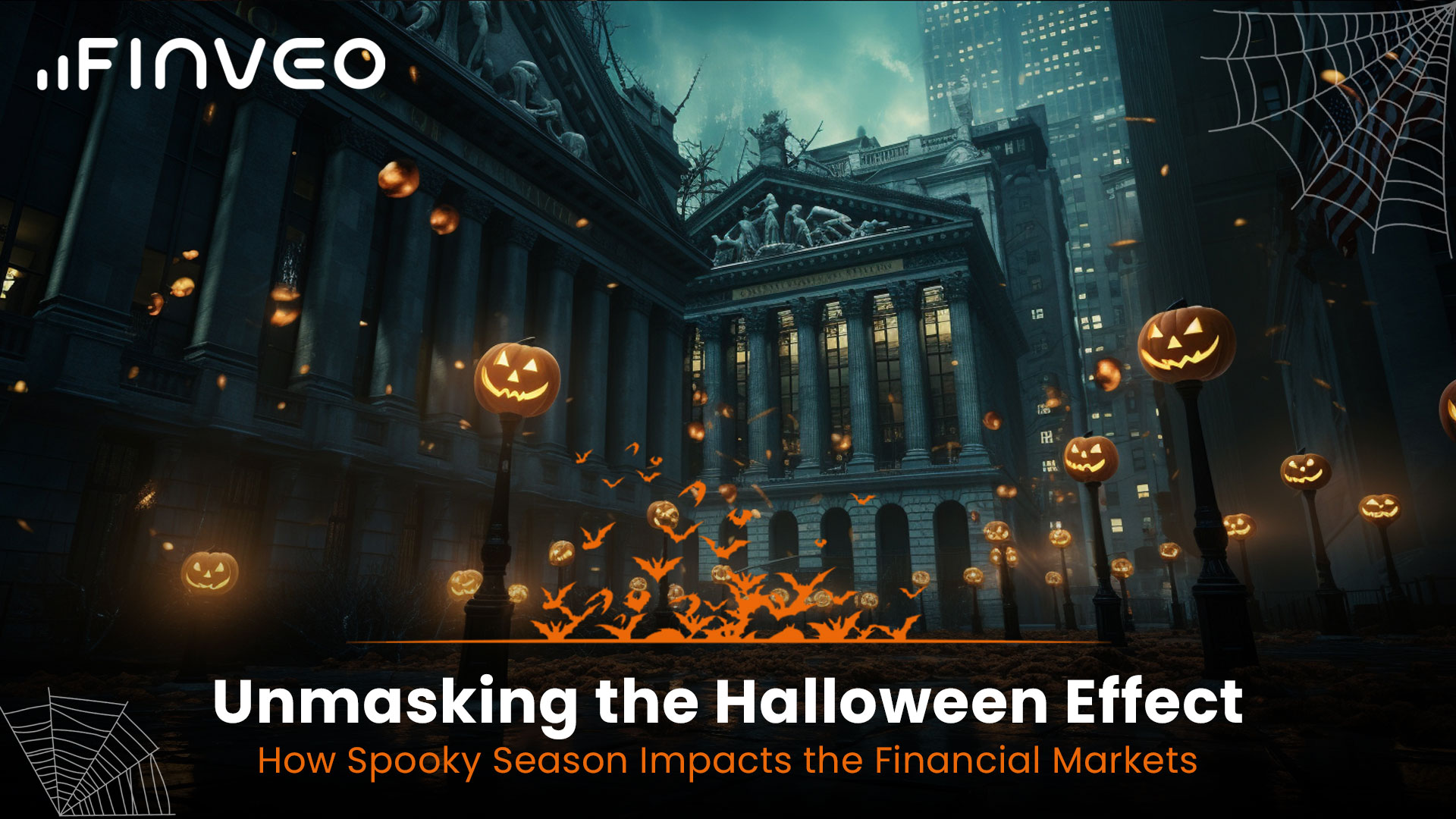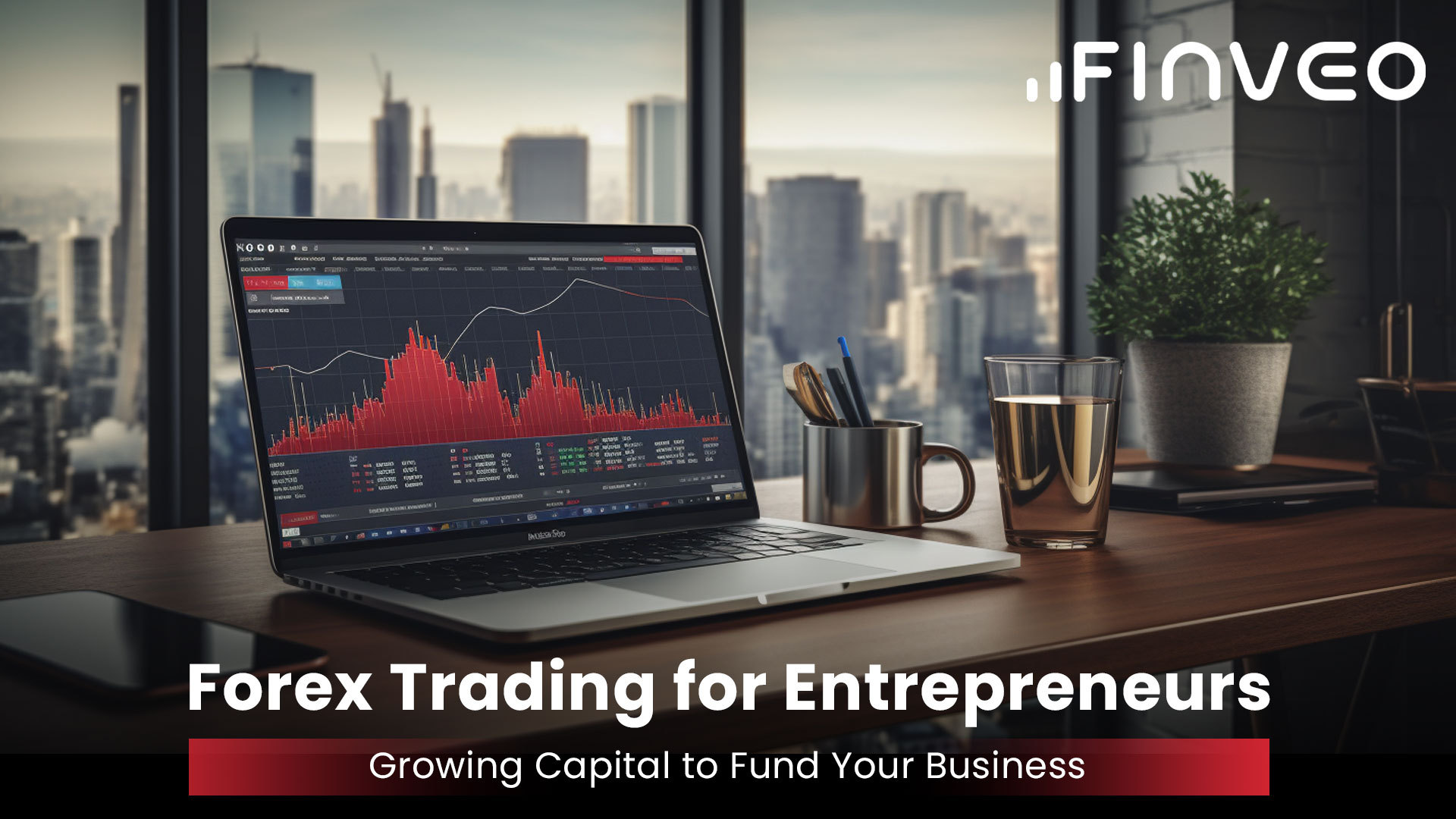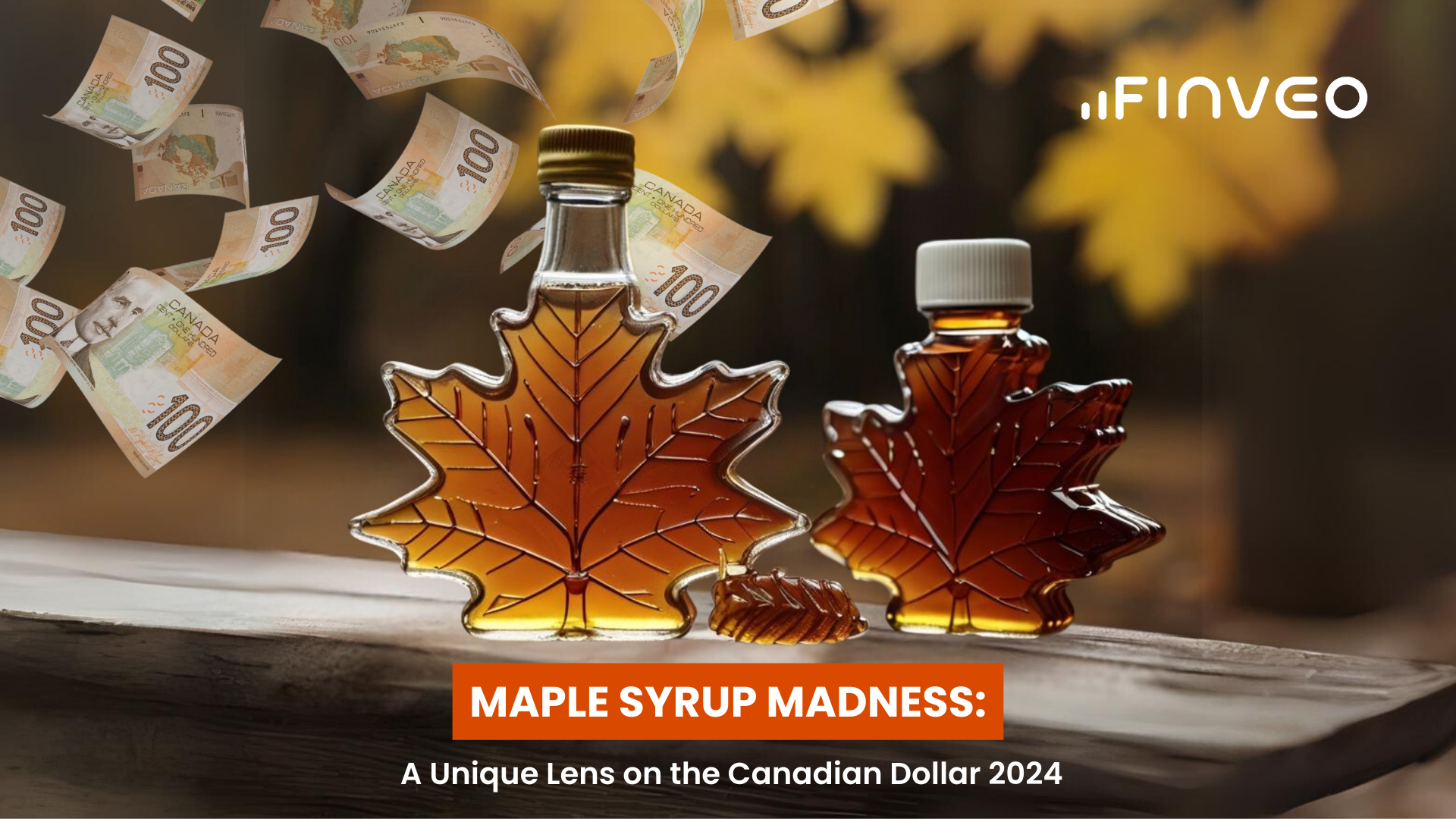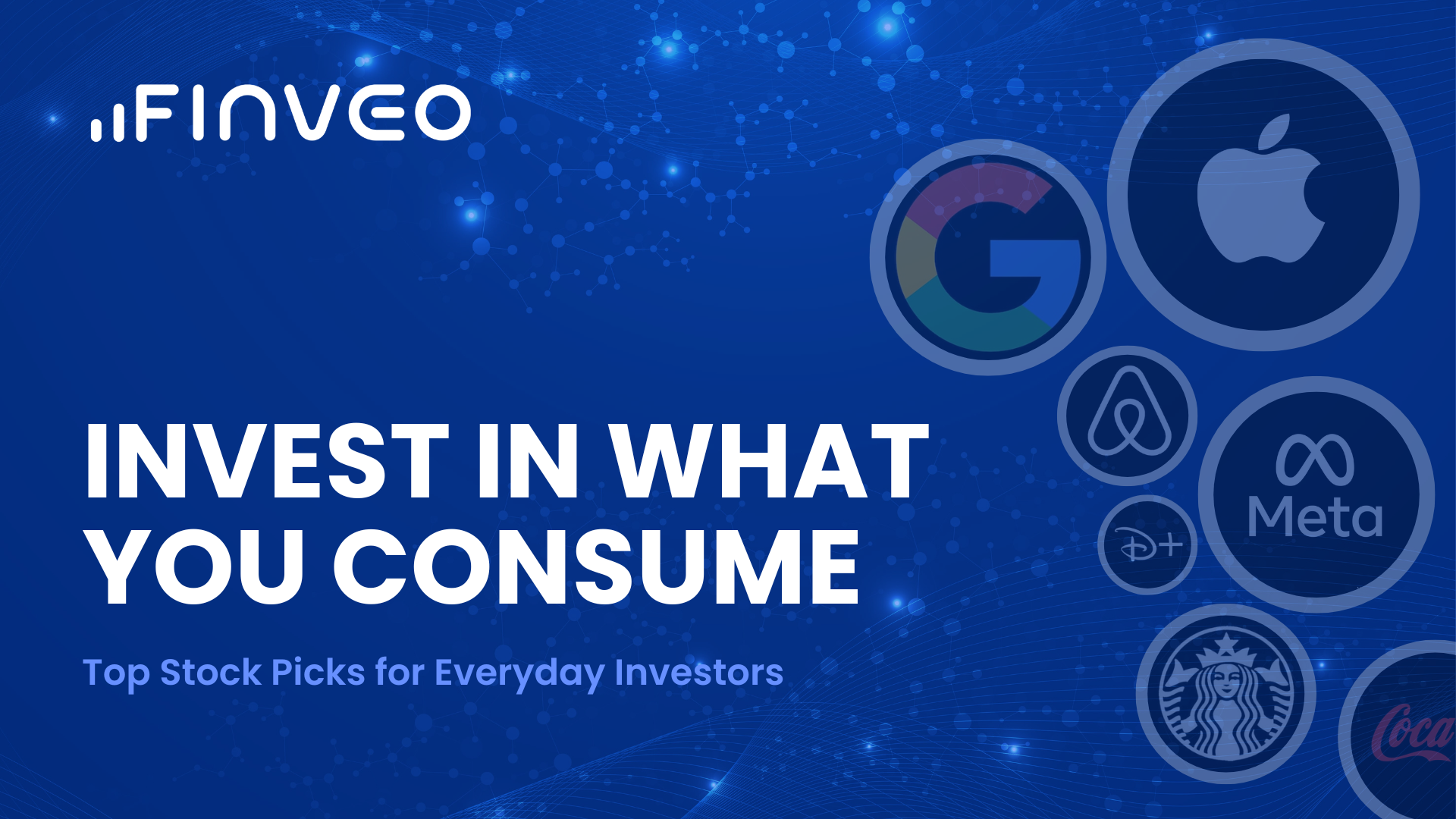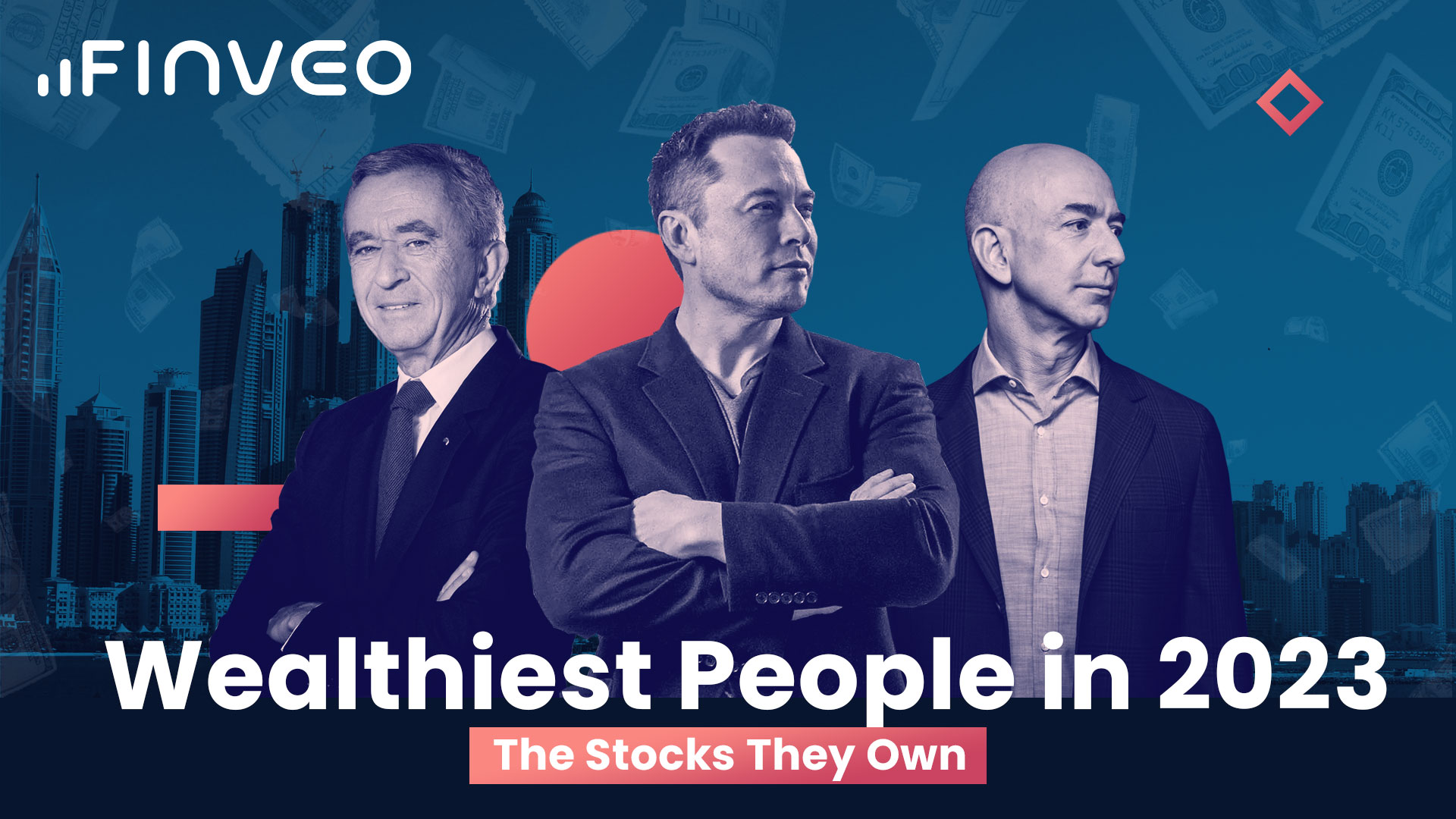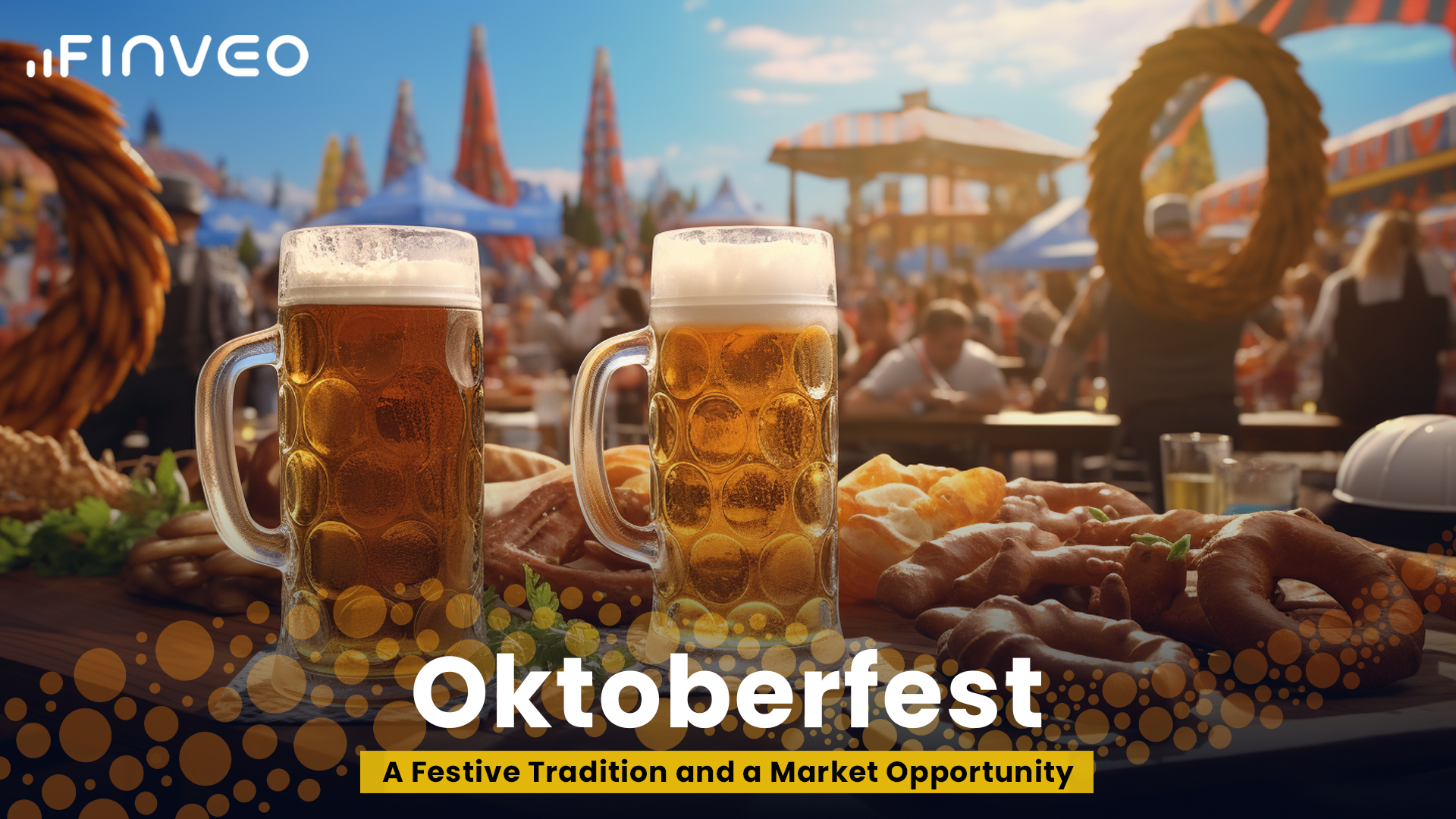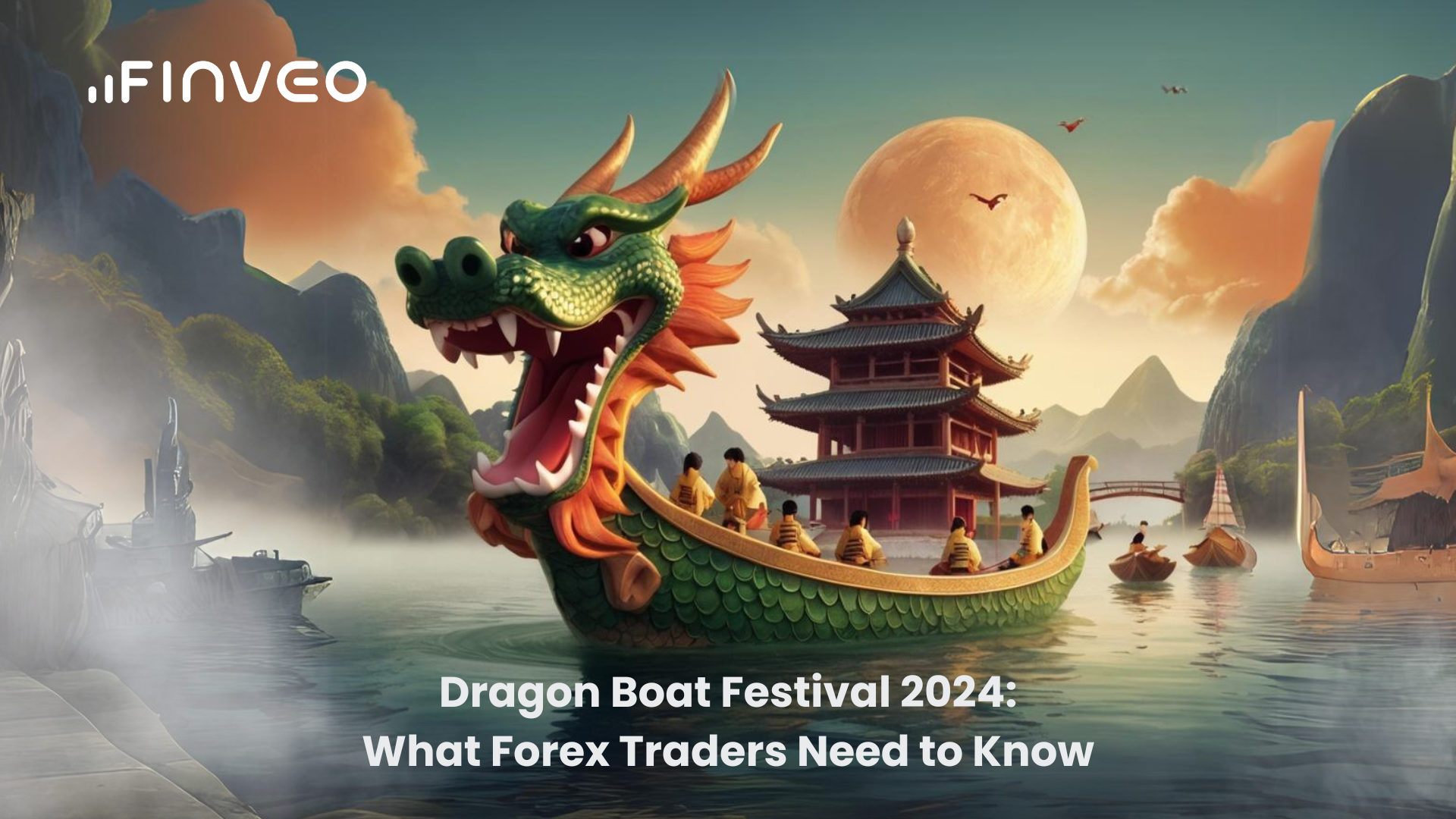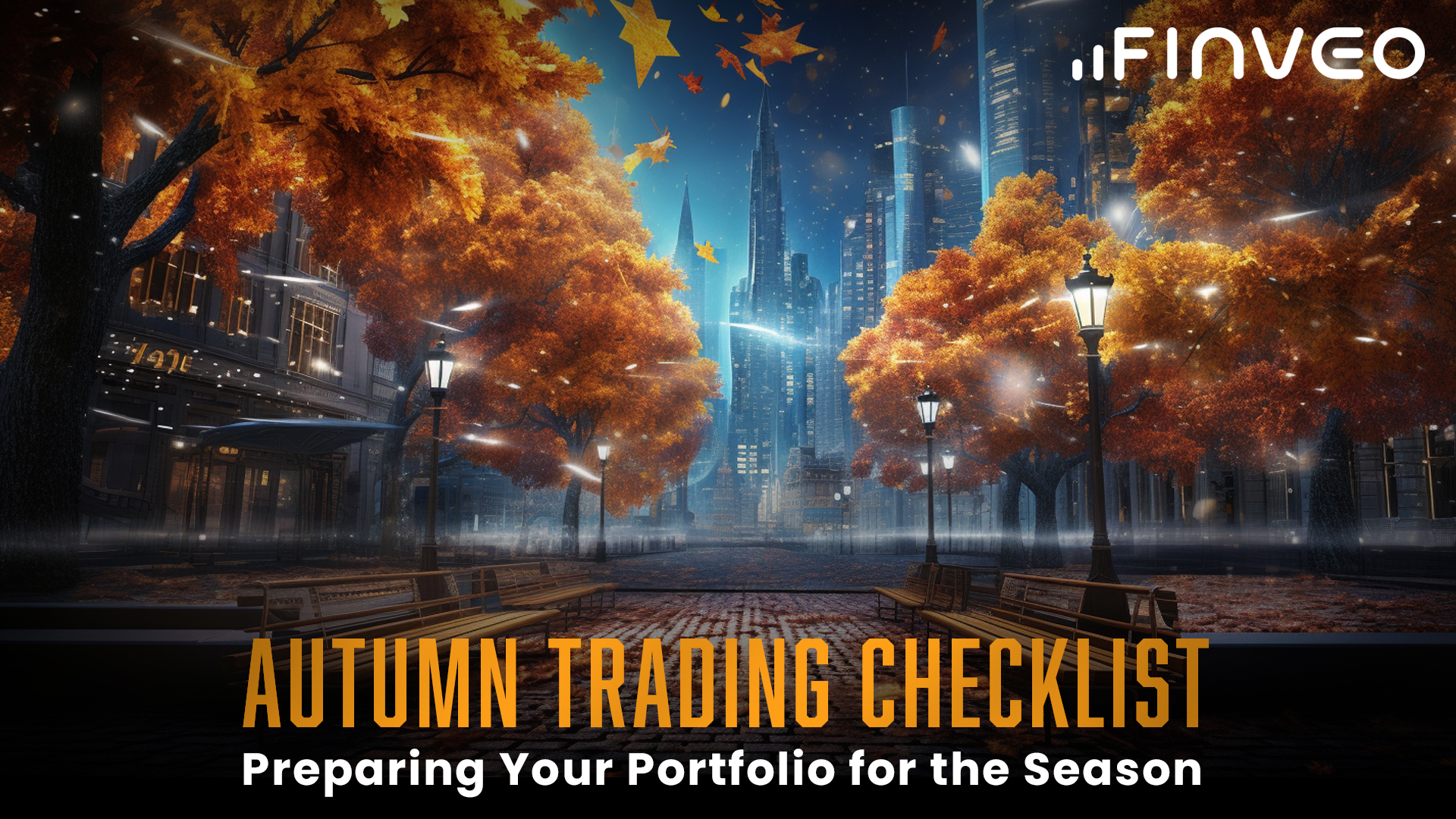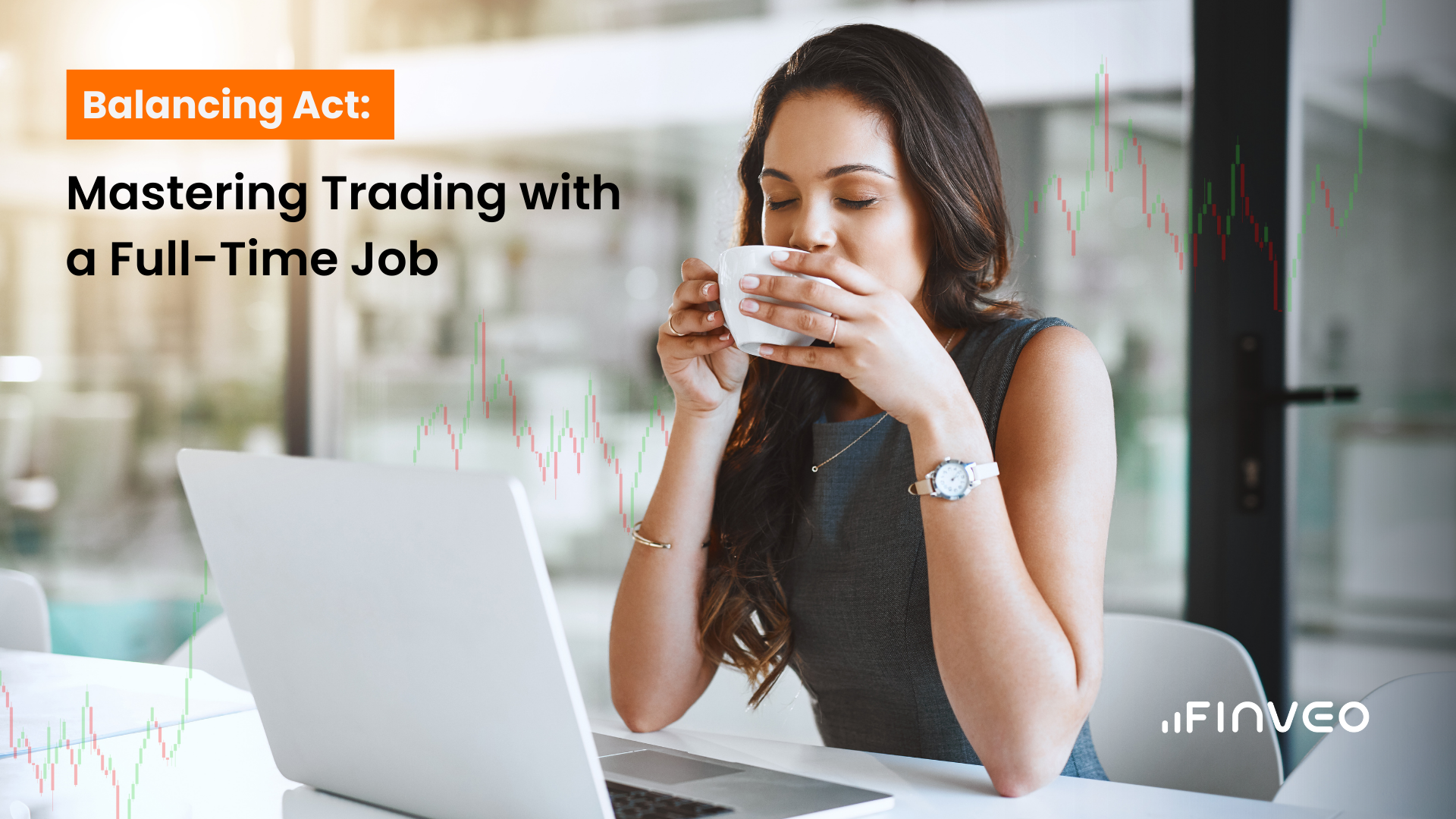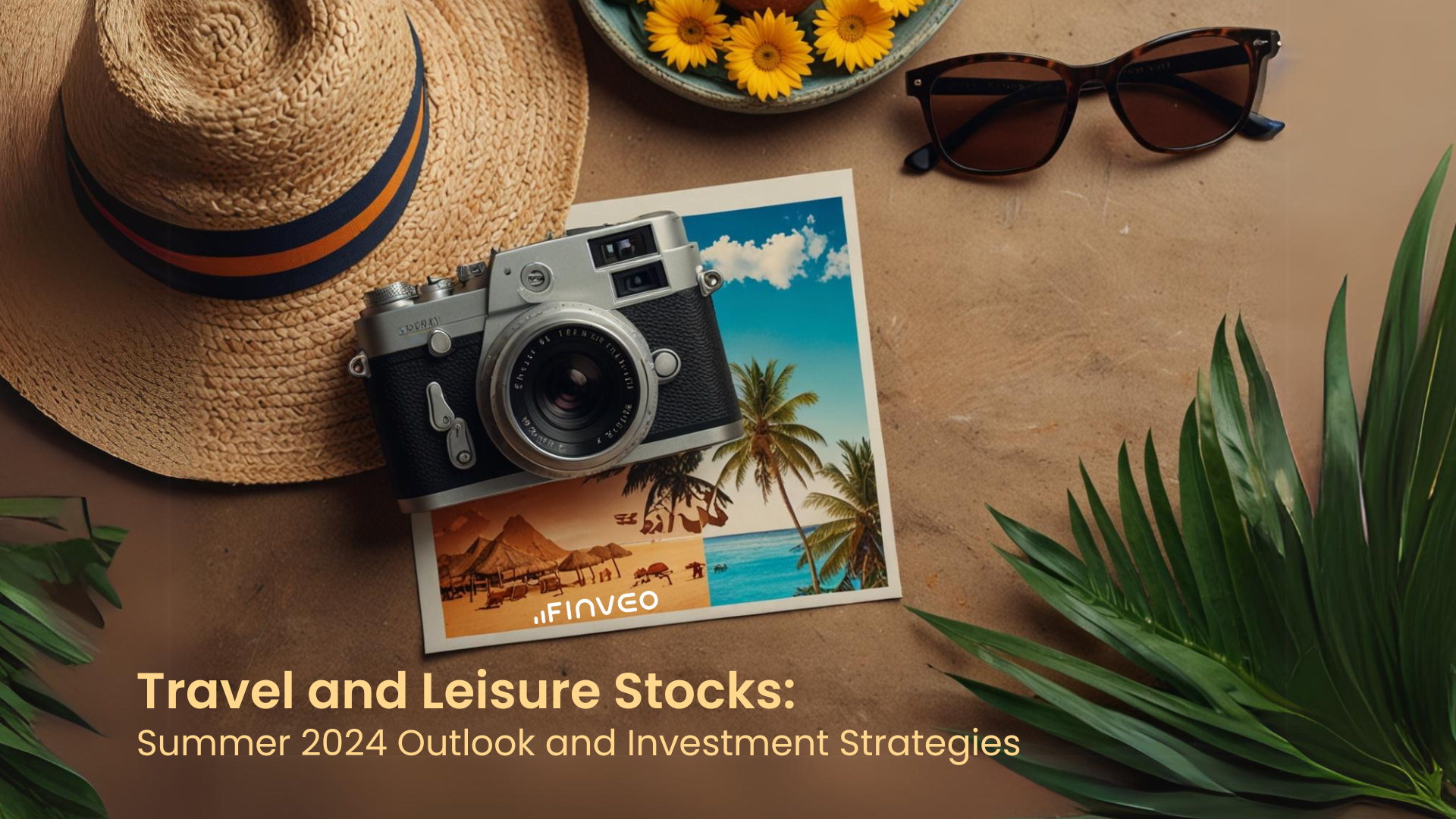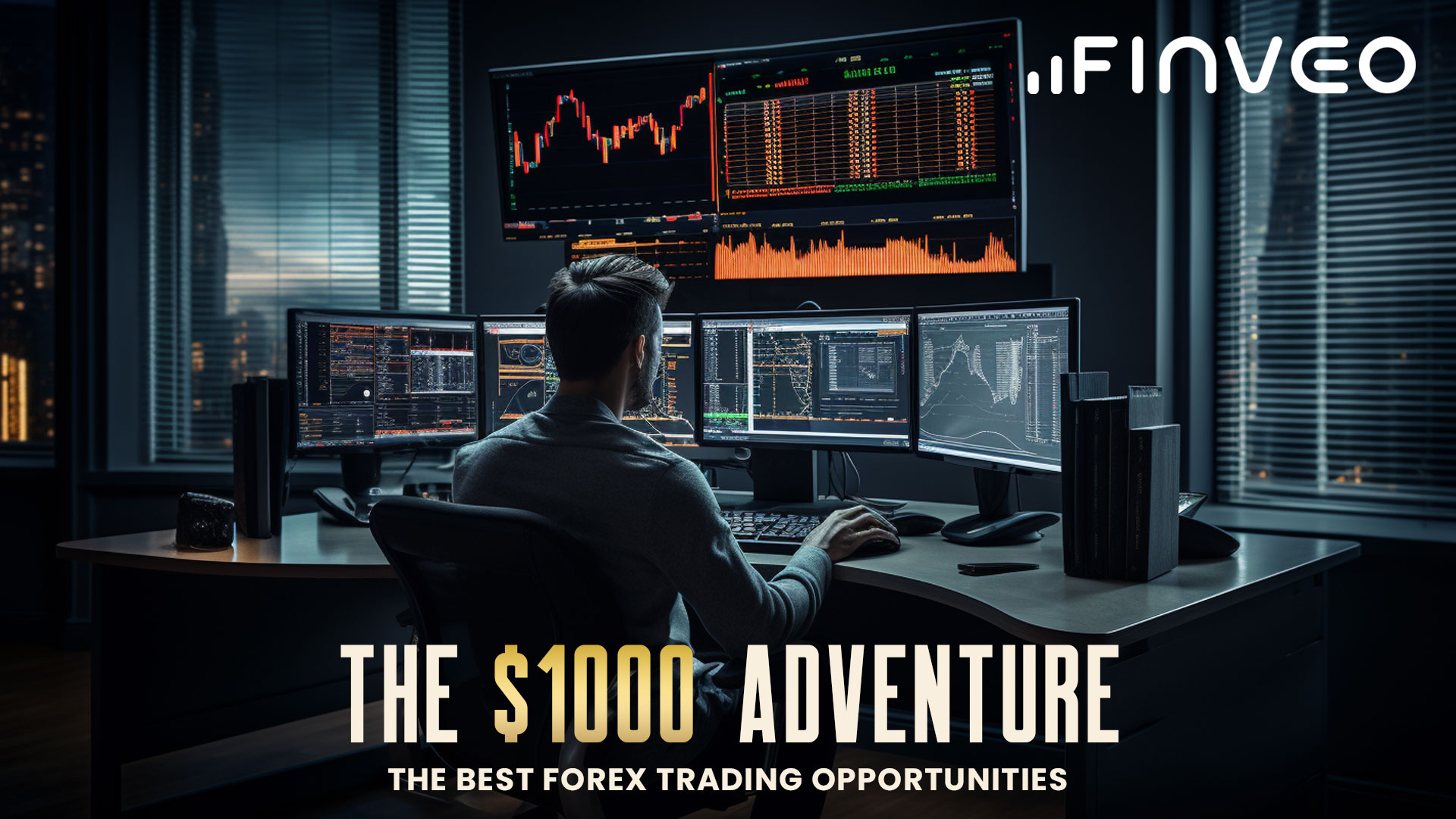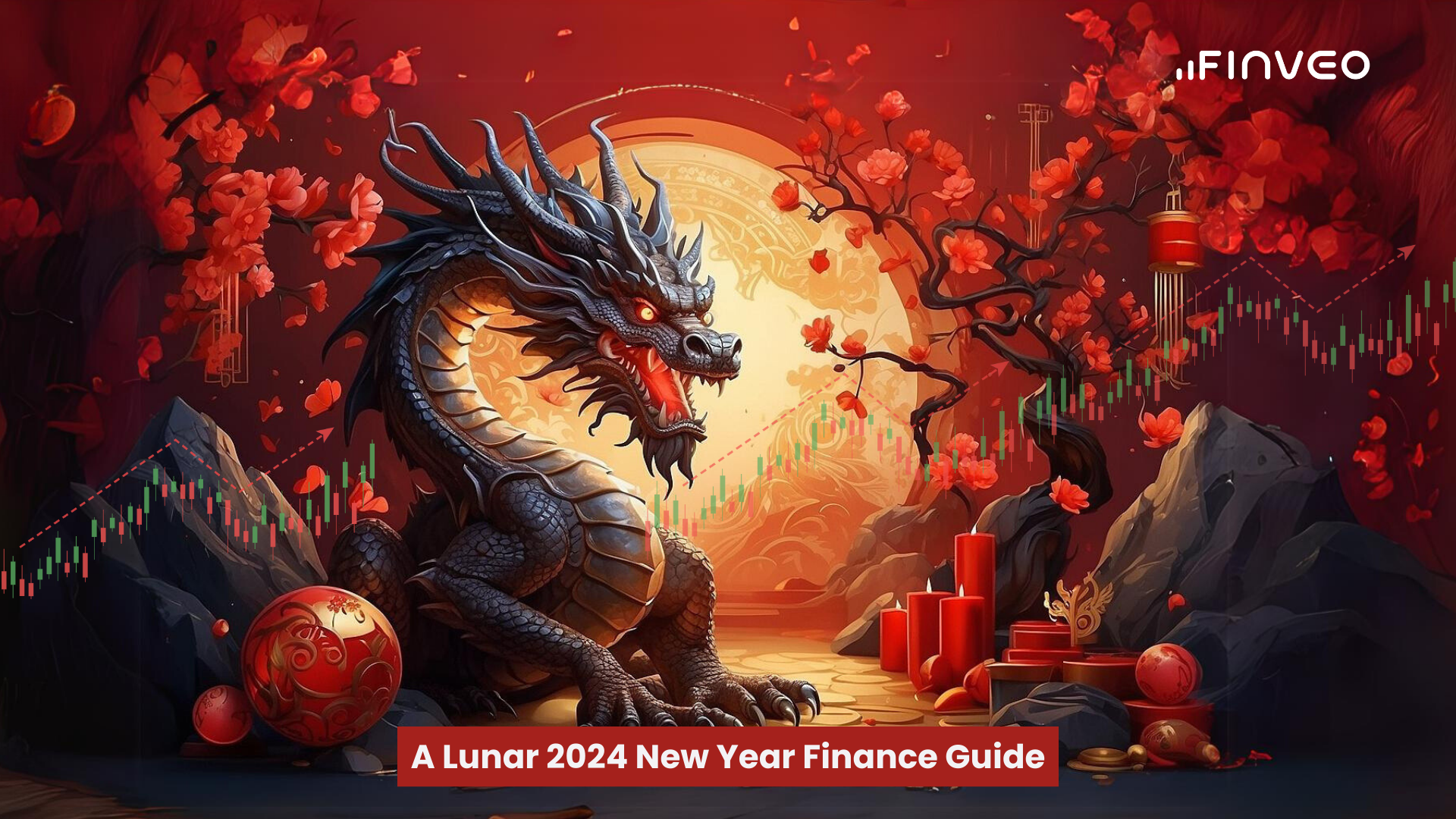As the air turns brisk and the hint of Halloween mischief fills the atmosphere, traders and investors worldwide prepare for a phenomenon that has intrigued financial analysts for decades - the Halloween Effect. While Halloween is traditionally known for costumes, candy, and spooky decorations, it also holds an interesting connection with the financial markets. In this article, we will delve into the mysterious world of the Halloween Effect, exploring its history, impact on financial markets, and shedding light on consumer spending trends during this hauntingly delightful season.
What is the Halloween Effect?
The Halloween Effect, also known as the October Effect, refers to a historical stock market pattern where markets tend to perform better in the period from November to April compared to the period from May to October. This phenomenon is sometimes summarized by the famous adage, "Sell in May and go away, but remember to come back in November".
Many theories attempt to explain the Halloween Effect, but one of the most widely accepted is the "tax-loss selling hypothesis". This theory suggests that investors tend to sell their underperforming stocks before the end of the year to offset capital gains taxes. As a result, markets experience a temporary decline during the summer months as tax-driven selling pressure mounts.
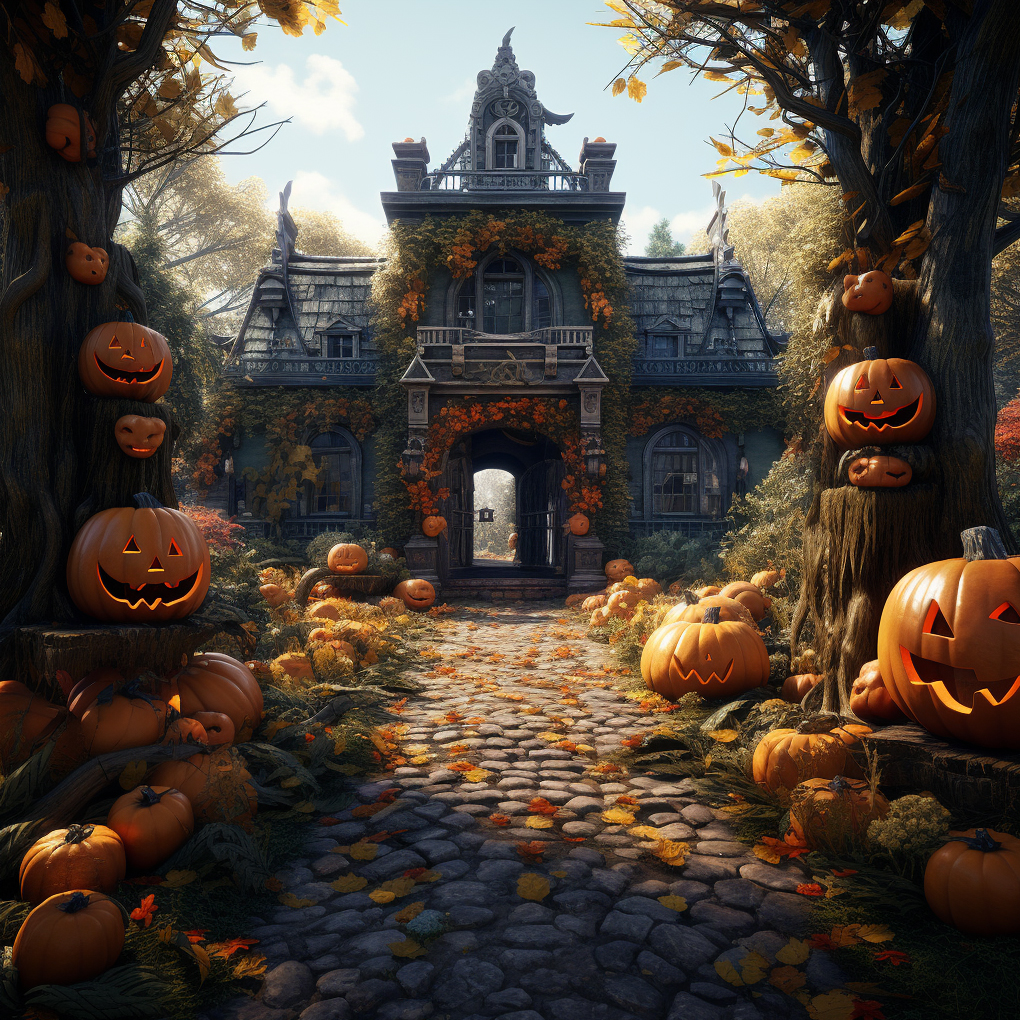
Historical Performance during the Halloween Effect
To understand the Halloween Effect better, let's take a look at historical market data. Over the past century, various studies and analyses have provided evidence of this intriguing market phenomenon.
Market Performance:
Data shows that the S&P 500 Index historically exhibits stronger returns from November through April compared to May through October.
The average returns during the "good" months have been significantly higher than those during the "bad" months.
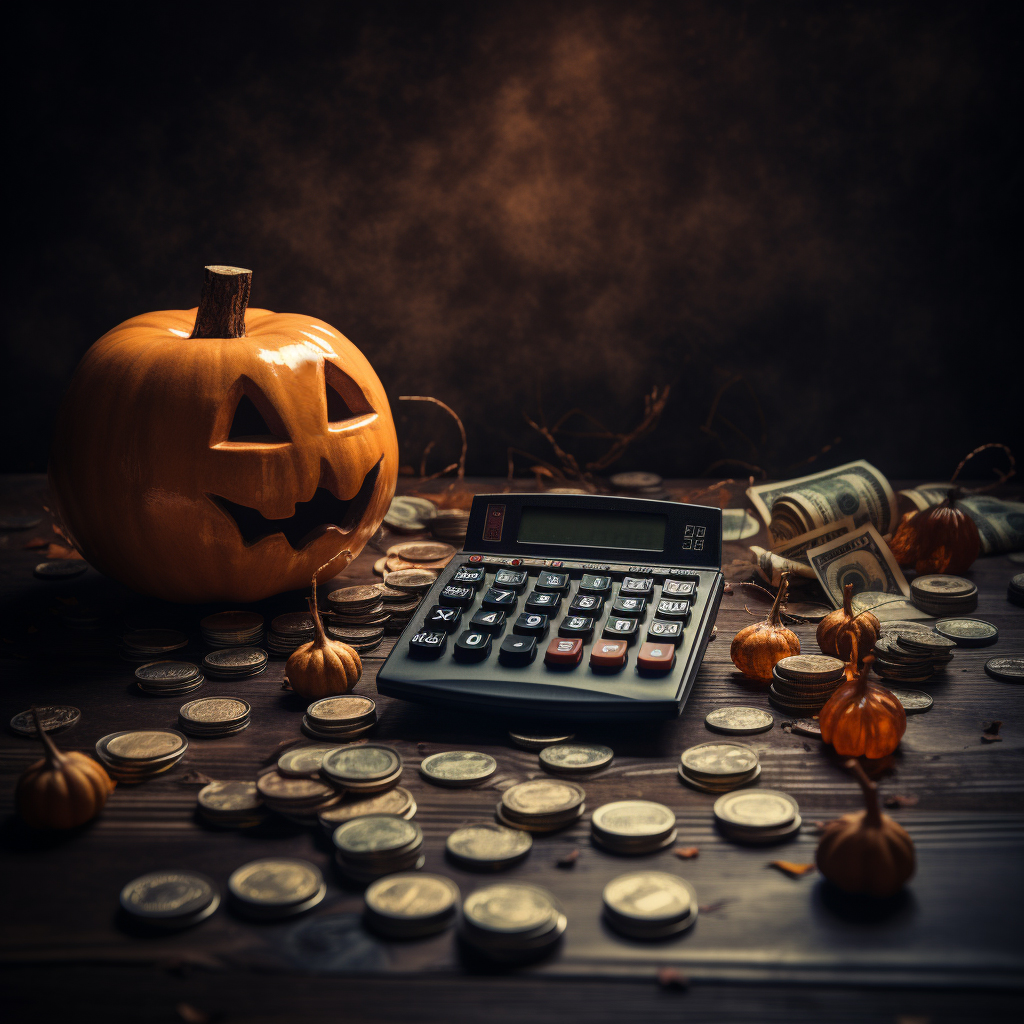
Volatility:
The period from May to October has been characterized by higher volatility and increased market risk.
Calendar Anomalies:
Researchers have found a consistent pattern of stock market outperformance during the winter months, which cannot be attributed to random chance.
It's important to note that while historical data supports the Halloween Effect, financial markets are influenced by a multitude of factors, and past performance is not always indicative of future results. Investors should exercise caution and consider various other factors when making investment decisions.
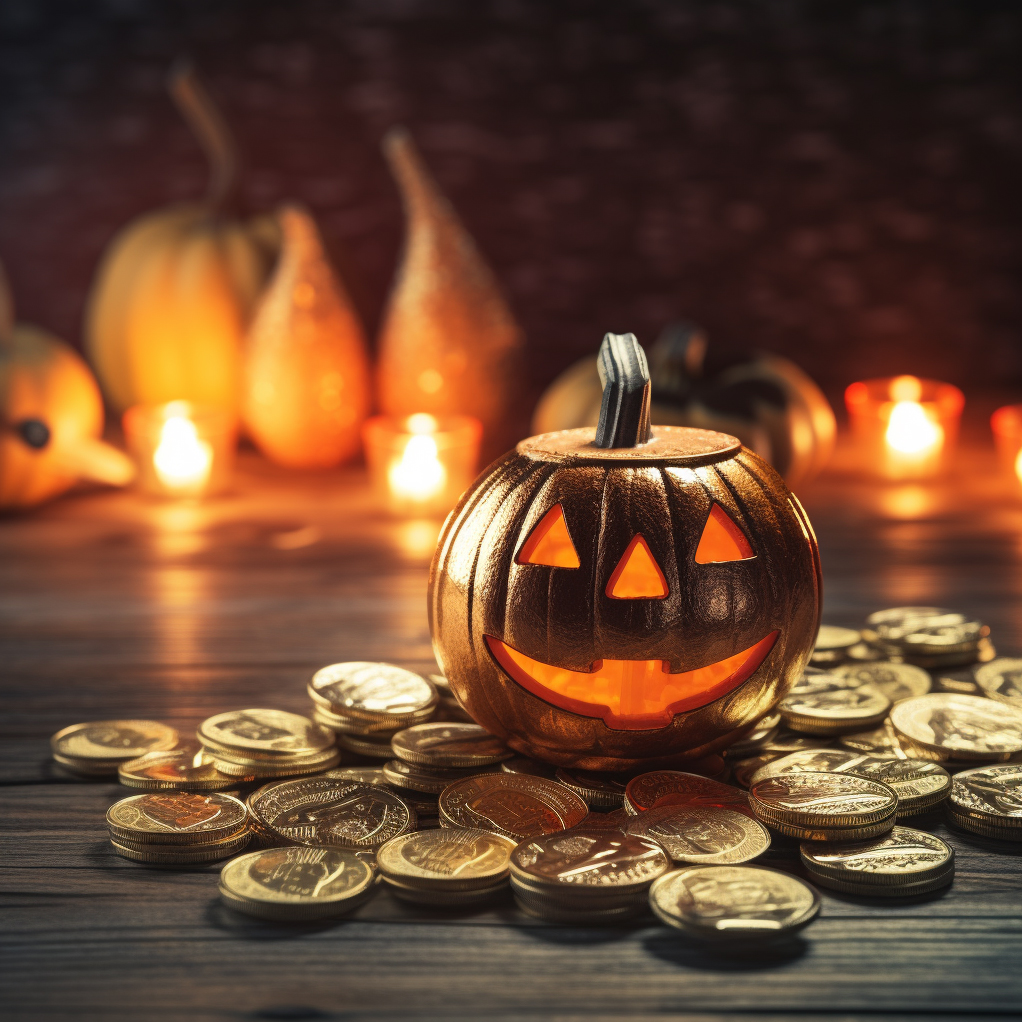
Halloween and Consumer Spending Trends
Beyond the financial markets, Halloween has become a significant cultural event in many countries, particularly in the United States. Let's take a closer look at how consumer spending trends during Halloween have evolved over the years.
Costumes: Costumes are a central part of Halloween celebrations. People of all ages enjoy dressing up as their favorite characters, monsters, or even historical figures.
Spending on costumes varies widely, from DIY creations to elaborate store-bought ensembles. On average, Americans spend billions of dollars annually on Halloween costumes.
Candy and Treats: Halloween wouldn't be complete without the sweet treats handed out during trick-or-treating.
Candy manufacturers and retailers see a substantial boost in sales during the weeks leading up to Halloween. Chocolate and candy sales reach staggering figures.
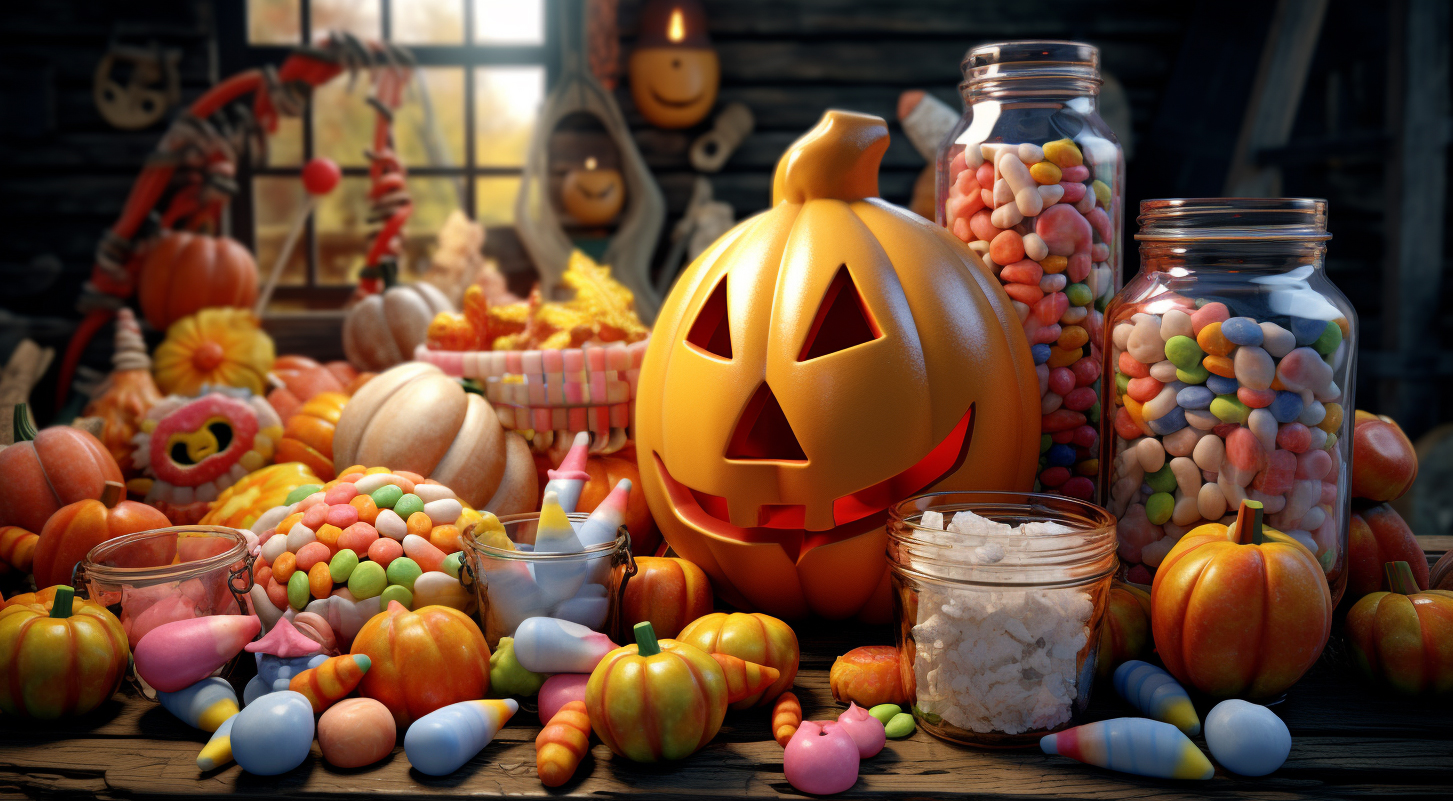
Decorations: Transforming homes and yards into spooky, festive displays has become a tradition for many.
Spending on Halloween decorations includes everything from pumpkins and spider webs to inflatable ghosts and animated skeletons.
Party Supplies: Halloween parties have grown in popularity among both children and adults.
This has led to increased spending on party supplies, including themed plates, cups, and decorations.
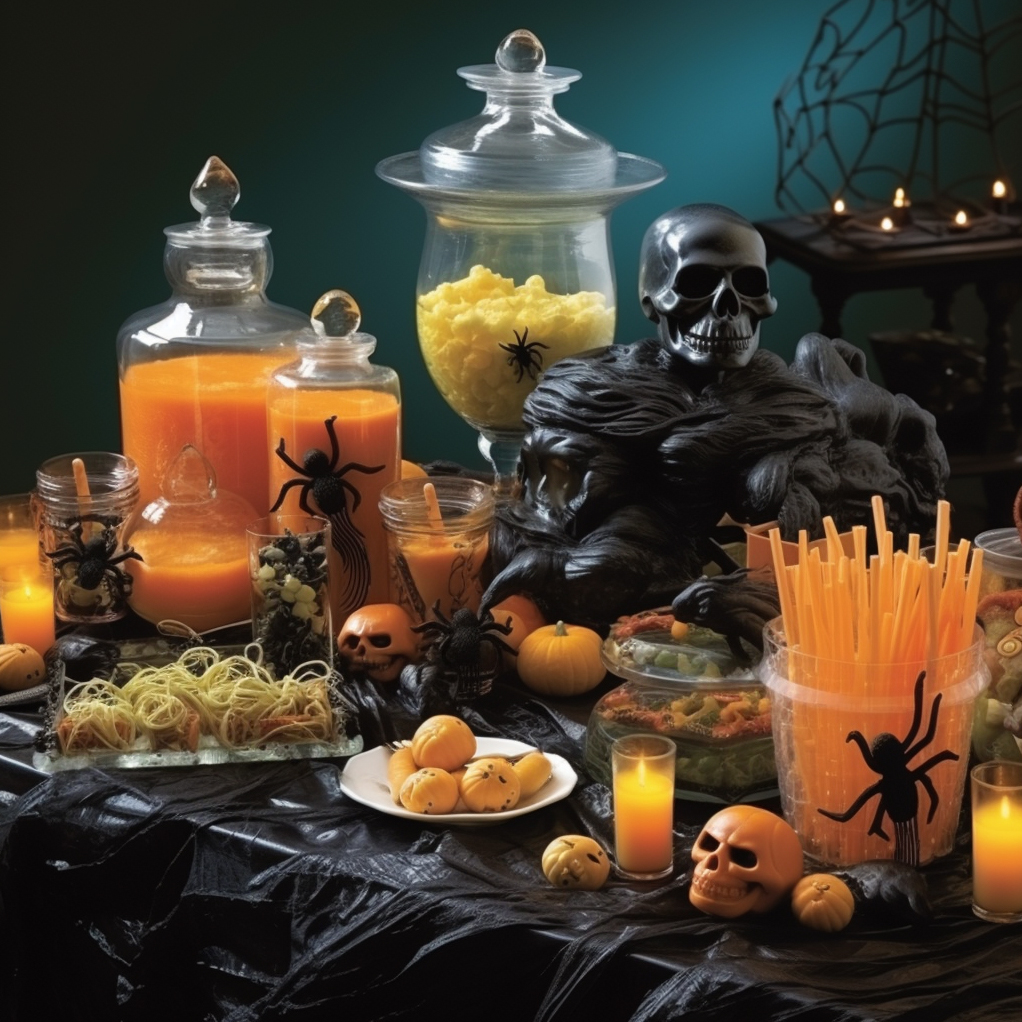
Haunted Attractions: Haunted houses, hayrides, and other spooky attractions have seen a surge in popularity during the Halloween season.
Consumers are willing to pay for immersive, adrenaline-pumping experiences.
Pets and Pet Costumes: Pet owners have not been left out of the Halloween fun. Many now dress up their furry friends in adorable costumes.
Spending on pet costumes and treats has become a niche but growing market segment.
Halloween Spending Statistics
To provide a better understanding of the scale of Halloween-related spending, let's look at some recent statistics:
- In 2021, the National Retail Federation (NRF) estimated that Americans would spend approximately $10.14 billion on Halloween-related products, including costumes, decorations, candy, and more. According to NRF, spending in 2023 is estimated to hit a record high of $12.2 billion!
- Costumes accounted for the largest share of Halloween spending, with an estimated $3.32 billion allocated to dress up in various ghoulish and creative outfits.
- Candy and treats came in second, with an expected expenditure of around $2.91 billion, as sweet-toothed consumers stocked up on goodies to distribute to trick-or-treaters.
- Decorations and party supplies represented a significant portion of Halloween spending, with projected expenses of $2.69 billion.
- Haunted attractions and other entertainment activities were expected to draw in nearly $1.56 billion in spending, as people sought thrills and chills.
- Pet costumes and treats accounted for a smaller but still substantial segment of Halloween spending, projected at approximately $490 million.
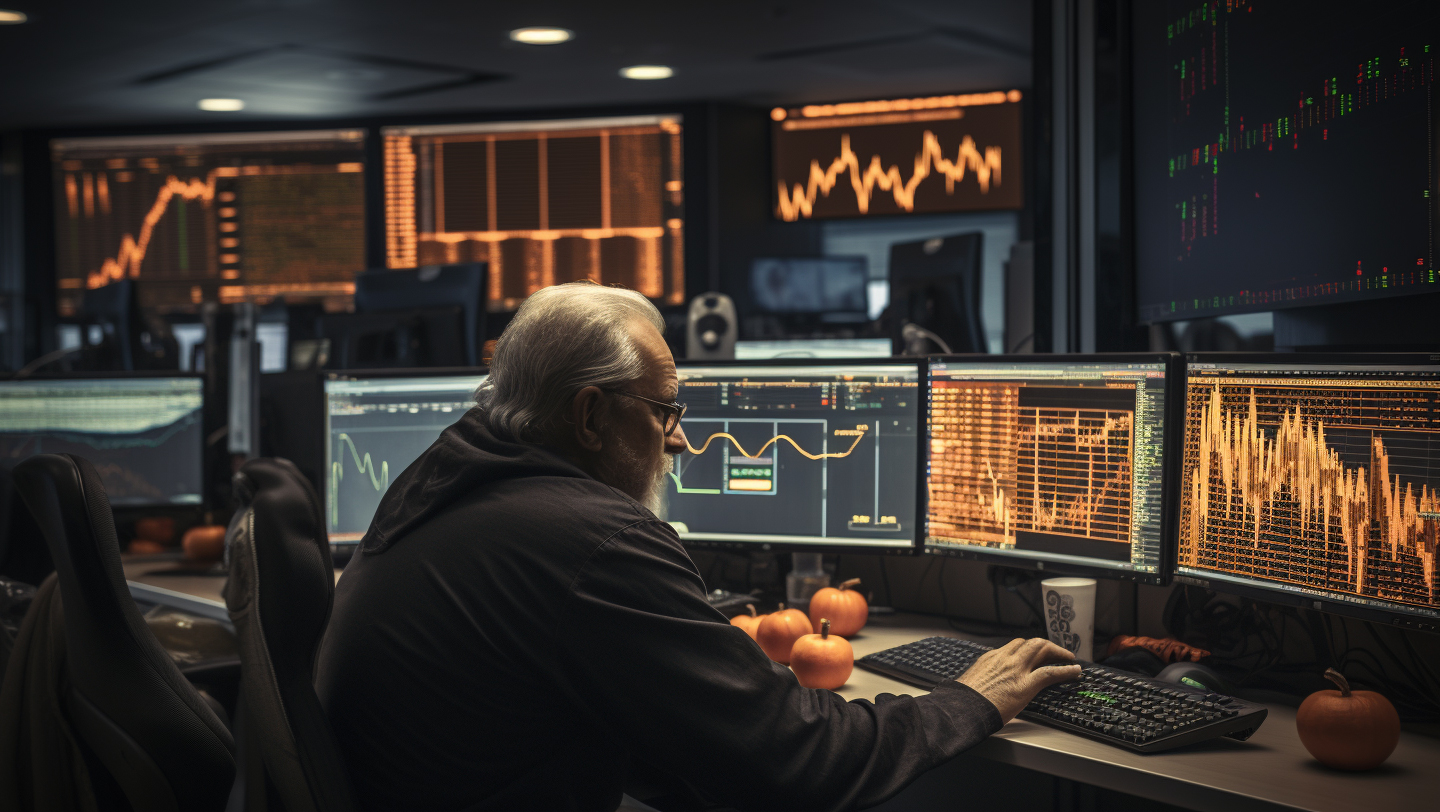
Final Thoughts
The Halloween Effect remains a captivating and enigmatic phenomenon in the world of financial markets. While historical data suggests that markets tend to perform better during the winter months, investors should approach this pattern with caution and consider a range of factors when making investment decisions.
Beyond the financial realm, Halloween continues to be a beloved cultural celebration marked by enthusiastic consumer spending. Whether it's the costumes, candy, decorations, or haunted adventures, Halloween has evolved into a multi-billion-dollar industry that brings joy and spookiness to people of all ages.
As the Halloween season approaches, both investors and consumers alike will be keeping an eye on the markets and their wallets, seeking to make the most of this unique time of year. Whether you're tracking stock market trends or planning the perfect costume, the Halloween season is undeniably a time of intrigue and excitement for all.
Ready to Capitalize on the Halloween Effect?
Don't miss out on potential investment opportunities this season. Take action now and explore how the Halloween Effect could impact your portfolio.
